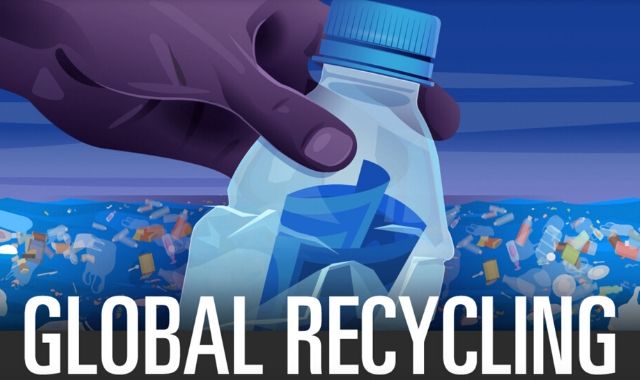All the way from the 10th century until now, plastic has become almost inherent in our lives. Its common use is due to being inexpensive and versatile, so from packaging to the water bottles in our fridge, we can find plastic products almost everywhere. For instance, plastic bags also have a very high consumption rate worldwide, although many governments have started banning them.
In light of the negative impact of plastic on our environment, many organisations have started calling out against its use. The marine life has been disturbed by dumps of waste, especially plastic material that is killing our marine friends in millions. Even in the long run, plastic is extremely harmful to our planet due to its super slow decomposition speed that can take as much as a millennium, that is a thousand years or even more.
In view of the harmful implications of plastic, many countries had started to send over their plastic waste or extra plastic material to China for recycling purposes. It was a win-win situation for both the countries that would outsource their plastic as well as for China, as it would get a lot of raw materials in this manner. With time, however, plastic waste began to grow as much as the global population!
Also See: Microplastics Pollution Threaten Our Environment #infographic
Due to the rate at which China's plastic imports were growing, the country came up with a National Sword Policy in 2018. With the effect of this policy, as many as 24 various recyclable products were immediately banned. This, in turn, led the countries with massive plastic waste to approach countries in Southeast Asia. Most countries would reject the waste, leading the waste ending up in poorer countries.
The infographic below shall introduce you to the global recycling industry, its issues and its effective solutions.
Infographic by: VisualCapitalist


